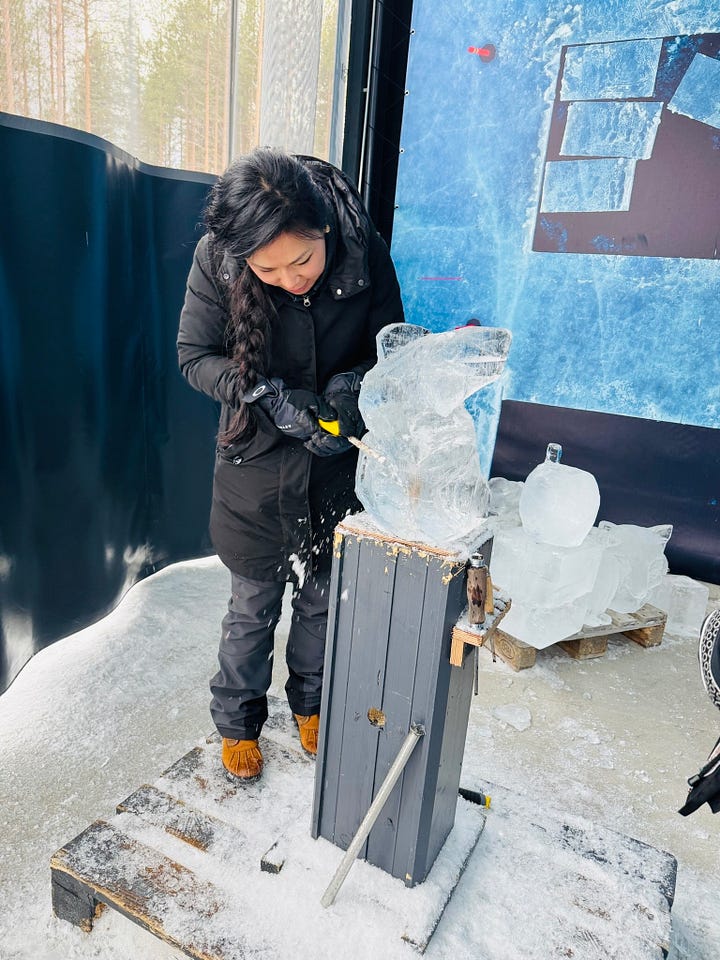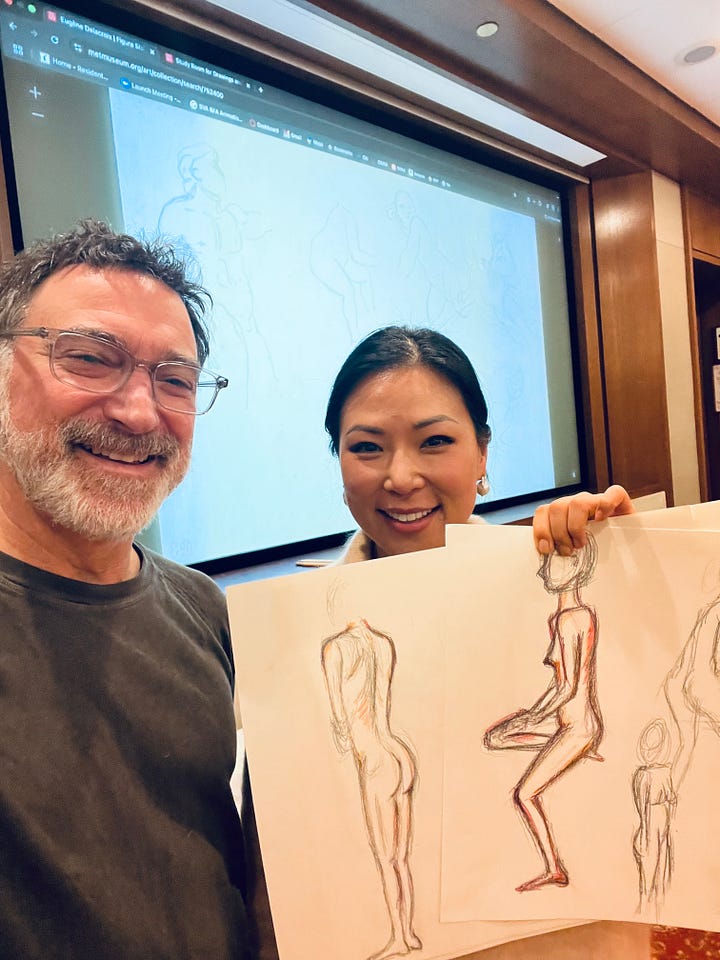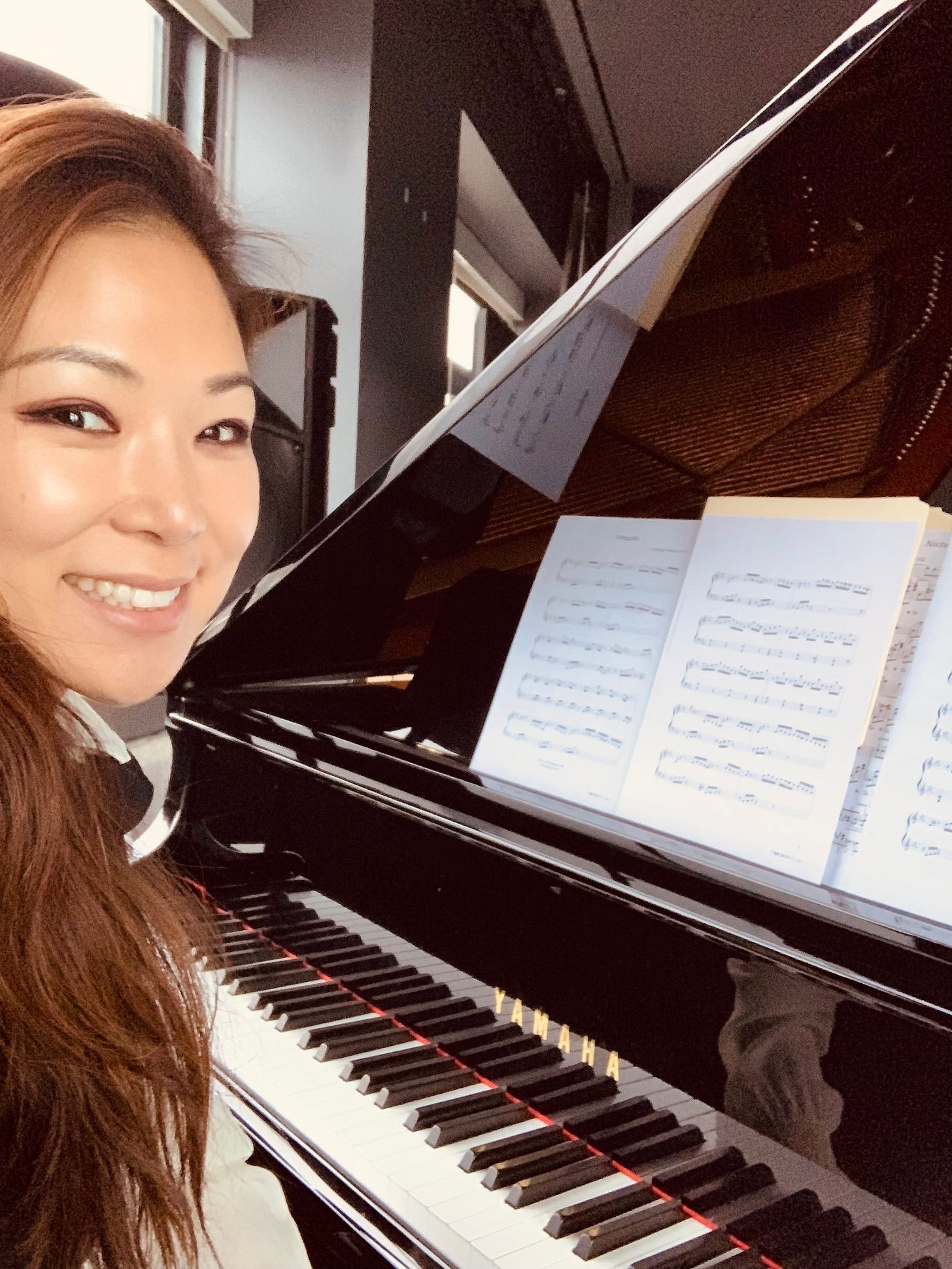Neural Renaissance at 41: Charting a Course for Cognitive Vitality
My brain, my strategy

At forty-one, I'm experiencing what neuroscientists call a "critical period" for adult brain development—not the decline I was conditioned to expect, but an opportunity for unprecedented neural growth. The science is unequivocal: my brain remains remarkably plastic, and the strategic life changes I'm planning aren't just personal development—they're evidence-based interventions for cognitive enhancement.
This spring's extended daylight is triggering measurable neurochemical shifts that are sharpening my focus on what truly matters. Research published in the Journal of Clinical Medicine demonstrates that seasonal light exposure increases brain-derived neurotrophic factor (BDNF) by up to 200%, a protein essential for neuroplasticity and cognitive function. My heightened sense of possibility isn't wishful thinking—it's biochemistry.
Modern neuroscience is systematically dismantling the outdated notion that adult brains inevitably decline. A landmark study in Nature Neuroscience (Spalding et al., 2013) revealed that the adult hippocampus generates approximately 700 new neurons daily throughout the lifespan. At forty-one, my brain produces roughly 255,000 new neurons annually—a biological imperative for learning and adaptation that I refuse to waste.
My first strategic intervention involves expanding my social network, a decision grounded in robust neurological evidence. The Framingham Heart Study, spanning over 70 years with data from more than 15,000 participants, demonstrates that strong social connections increase longevity by 50% and significantly protect against cognitive decline. Social isolation literally shrinks brain volume by disrupting myelin production, the white matter that accelerates neural transmission. Quality relationships don't just feel good; they enhance cognitive processing speed and emotional regulation at the cellular level. Meaningful relationships trigger the release of oxytocin, promoting neurogenesis and strengthening synaptic connections. As an intense introvert whose PhD thesis was on adequate myelin development correlation and IQ, nothing scares me more into socializing than this data.
I'm actively pursuing new friendships through structured environments—joining professional conferences, attending community/social events, participating in group fitness classes (and actually making small talk with people). Research shows that forming new adult friendships activates the brain's reward circuitry while reducing cortisol levels by an average of 23%. Confiding in trusted friends thwarts depression even in at-risk populations. Each new connection I make is literally rewiring my neural architecture for resilience.
Simultaneously, I'm investing in deepening existing relationships through intentional communication and shared experiences by prioritizing visiting friends when planning a vacation and checking in with friends I haven’t seen in a while (if you are my friend planning to move to a fun city, I am very supportive!).
My learning agenda is equally strategic. I'm going to dedicate a few hours a week to reading and studying advancements in neuroscience and challenging myself to write about my learnings. These choices are informed by neuroplasticity research showing that academic learning creates new neural pathways while strengthening existing ones. A study published in Psychological Science found that adults who engage in intellectually demanding activities show increased cortical thickness and improved executive function within just 12 weeks of beginning new coursework.
Additionally, I have added learning Spanish to my 2025 goal. Language acquisition represents a potent brain medicine. Research from Pennsylvania State University demonstrates that bilingual adults show a delayed onset of dementia by an average of 4.5 years compared to monolingual peers. Learning Spanish at forty-one isn't cultural enrichment—it's cognitive insurance, creating neural reserves that will protect against age-related decline. It also helps me order delicious food properly next time I am in the Basque region :)
I'm also developing new hobbies with specific neurological benefits in mind. Another of my 2025 goals was to try out new activities requiring hand-eye coordination, as research shows that these activities activate multiple brain regions simultaneously—sensory, motor, and cognitive networks working in concert. So far, I have tried figure drawing and ice sculpting this year, and I hope to add pottery and water painting to the list. The tactile manipulation of clay while visualizing desired outcomes creates what neuroscientists term "cross-modal plasticity," enhancing overall brain connectivity.


Additionally, I'm learning to play piano (just one song this year!), leveraging research showing that musical training increases corpus callosum density—the bridge connecting brain hemispheres. Adult music learners demonstrate enhanced memory, attention, and problem-solving abilities within six months of beginning instruction. My piano practice isn't leisure—it's targeted cognitive enhancement.
The Harvard Study of Adult Development, which has been tracking participants for over 80 years, provides compelling evidence that individuals who actively cultivate new skills and relationships in midlife report significantly higher life satisfaction and cognitive function in later decades. At forty-one, I'm not experiencing crisis—I'm implementing a scientifically informed strategy for lifelong neural vitality.
Research from the MacArthur Foundation Study of Successful Aging demonstrates that the concept of "cognitive reserve"—the brain's ability to maintain function despite aging—can be actively built through intellectual engagement, social connection, and novel skill acquisition. Every friendship I pursue, every skill I develop, and every hobby I embrace is making a direct deposit into my cognitive bank account.
At forty-one, I understand that brain health is not a passive outcome but an active practice. The research is clear: social connection, continuous learning, and creative pursuits are the most powerful tools for maintaining cognitive vitality throughout the lifespan. This isn't about fighting aging—it's about leveraging the brain's remarkable capacity for growth at any age.
My midlife renaissance is scientifically sound, strategically planned, and neurologically inevitable. The best is yet to come.
In case you missed it
What I got up to in April
How can you curate your own career development? Latest Forbes’ Editor’s Pick!
Does work-life balance exist? Check out my Q&A video!





This article was immensely helpful, especially reading how you are consciously enriching your brain. I've read articles about socializing and and it's correlation to happiness and neuroplasticity. I'm very introverted, and having your examples of adventuring outward make it seem more possible push past the kryptonite of interaction and reap the rewards of socializing. Thank you for taking the time to write this.